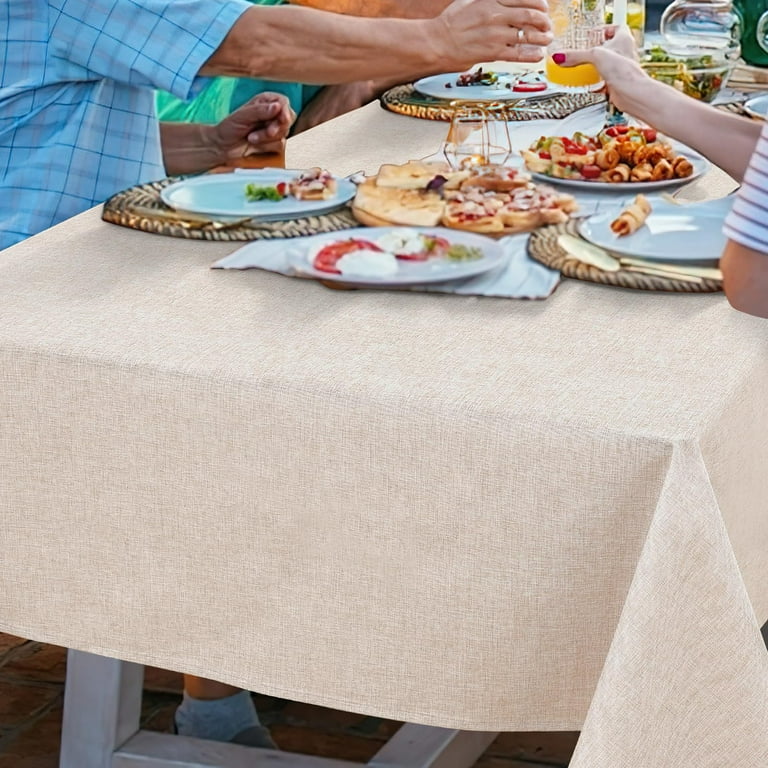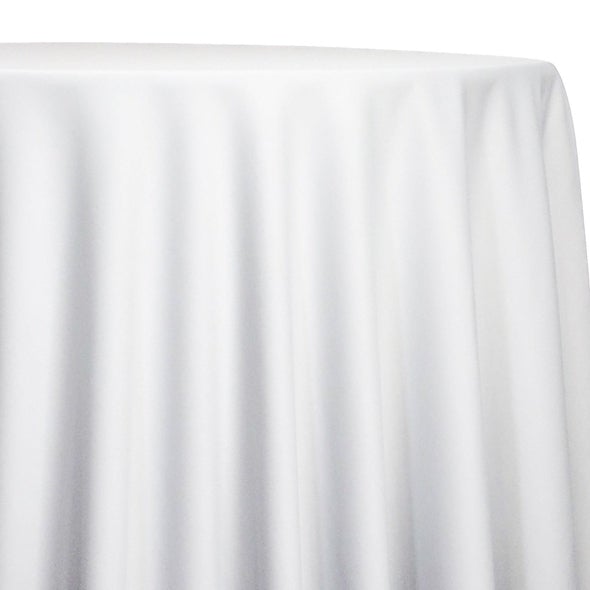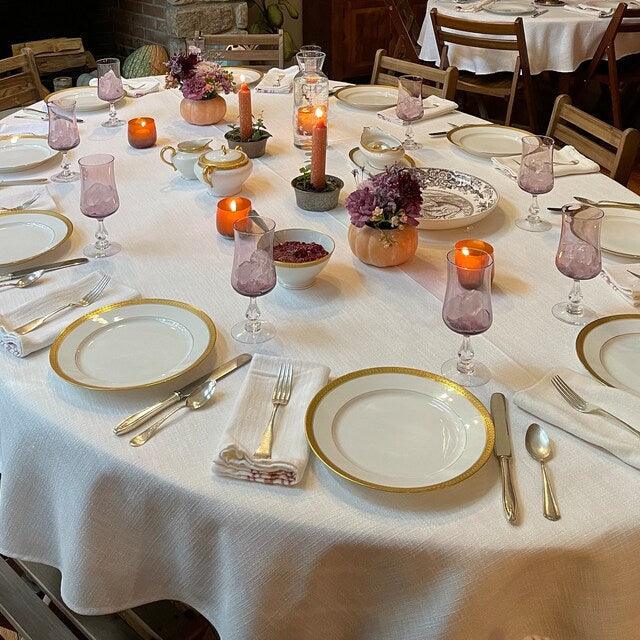Linen Material Advancements: Discovering Modern Trends and Creative Applications in Layout and Fabric Sector
In the realm of fabric advancements, bed linen has actually become a timeless yet versatile material that remains to astound enthusiasts and designers alike. With an abundant background deeply linked with craftsmanship and beauty, bed linen textile is experiencing a resurgence in the modern age. From lasting manufacturing methods to advanced weaving innovations, the development of linen is reshaping the landscape of the fabric sector. As we look into the realms of innovative style applications and the appearance of linen blends and hybrid textiles, a new phase unfolds in which linen's role in future fabric advancements takes spotlight.
Lasting Practices in Bed Linen Production
Lasting methods in linen manufacturing have actually ended up being progressively vital in the textile industry's initiatives to reduce ecological effect and advertise honest sourcing methods. Bed linen, a natural fiber originated from the flax plant, provides a variety of advantages such as breathability, longevity, and biodegradability. Nonetheless, typical techniques of linen manufacturing can involve substantial water usage, chemical usage, and energy-intensive procedures.
To attend to these difficulties, many fabric makers are adopting sustainable techniques throughout the linen manufacturing procedure. This includes sourcing flax from natural ranches that prevent damaging chemicals and chemicals, executing water-efficient retting strategies to essence fibers from the flax stalks, and making use of environmentally friendly dyes and finishes. In addition, some companies are spending in renewable resource sources to power their manufacturing centers and decreasing waste via recycling and upcycling initiatives.
Technological Improvements in Bed Linen Weaving
With the expanding emphasis on sustainable practices in bed linen manufacturing, the fabric sector is now experiencing a surge in technological developments particularly intended at revolutionizing the art of linen weaving. These advancements are improving the means bed linen fabrics are created, supplying enhanced performance, quality, and creative thinking in weaving techniques.
Among the key technological developments in linen weaving is the assimilation of computerized looms. These advanced looms are geared up with software program that permits complicated and detailed designs to be woven with accuracy. By digitizing the weaving process, suppliers can achieve higher consistency and precision in their bed linen materials.
Furthermore, improvements in yarn spinning technology have made it possible for the manufacturing of finer and more durable bed linen yarns - table cloths. This results in softer and smoother linen textiles that maintain their quality also after several uses and cleans
Furthermore, the development of environmentally friendly dyeing processes and coatings for linen textiles is getting traction. These lasting methods not just minimize the environmental influence however likewise deal with the increasing customer demand for morally produced fabrics.
Creative Style Applications for Bed Linen
Ingenious imaginative techniques are increasingly forming the creative layout applications for linen in the fabric industry. Developers are pushing the borders of conventional bed linen usage, discovering its adaptability in various applications. One famous trend is the assimilation of linen in lasting style lines, where its environment-friendly properties are highlighted. Linen's all-natural aesthetic appeal and capacity to blend with other textiles make it a preferred choice for producing unique garments and accessories that deal with the ecologically aware consumer.
In addition, designers are try out bed linen in home design, using its long lasting and breathable nature to craft stylish furnishings such as curtains, bed linens, and upholstery. The structure and drape of bed linen bring a link sense of elegance and convenience to indoor rooms, including a touch of sophistication to contemporary homes.

Linen Blends and Crossbreed Fabrics

Hybrid textiles, on the other hand, take the concept of mixing a step further by including extra aspects such as metal threads, recycled materials, or conductive fibers. These cutting-edge textiles not just broaden the layout opportunities yet additionally introduce useful elements like conductivity, antimicrobial homes, or boosted longevity. Hybrid textiles are increasingly being made use of in various sectors, including fashion, interior decoration, and technological textiles, where the need for multifunctional products is on the increase.
Linen's Function in Future Fabric Innovations

In the world of future fabric innovations, linen is expected to be a crucial gamer in the development of advanced practical textiles. Scientists and designers are discovering means to improve linen's intrinsic top qualities through technological innovations, such as incorporating wise fabrics, nanotechnology, and performance surfaces. These technologies aim to elevate linen's efficiency features, making it suitable for a wider variety of applications, from activewear to safety clothing.
Furthermore, the mix of bed linen with various other natural or synthetic fibers opens up unlimited opportunities for developing unique fabrics with one-of-a-kind residential or commercial properties and performances. By leveraging linen's characteristics and discovering innovative blends, the textile industry is poised Get the facts to introduce exciting advancements that satisfy progressing customer demands and sustainability needs.
Verdict
Finally, the exploration of sustainable practices, technological developments, innovative design applications, linen blends, and its role in future textile innovations highlight the continual advancement of bed linen fabric in the modern-day layout and textile industry. With a concentrate on technology and creativity, the adaptability and green nature of bed linen make it a useful material for developers and manufacturers alike, paving the method for additional growths and advancements in the field of textiles.
As we dig into the realms of imaginative design applications and the appearance of bed linen blends and hybrid fabrics, a new chapter unfolds in which linen's function in future textile technologies takes facility phase.
Exploring the fusion of bed linen with various other materials has led to the development of innovative blends and hybrid fabrics in the contemporary textile sector. Bed linen blends provide an unique combination of the attributes of bed linen with those of other fibers, resulting in textiles that have boosted buildings such as increased longevity, improved draping, and minimized wrinkling.The evolution of linen blends and hybrid fabrics has actually established the phase for Linen to play a critical function in driving future fabric technologies.In the realm of future textile developments, linen is anticipated to be a crucial gamer in the growth of advanced functional fabrics.